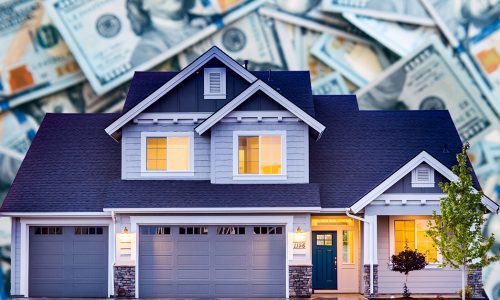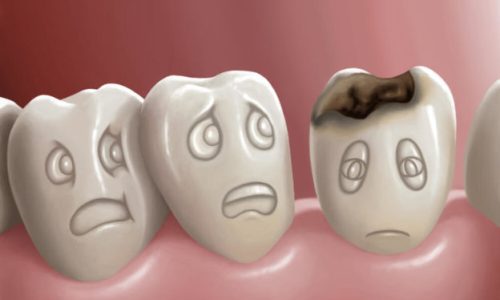Restaurants, cafes and ice-cream parlors compete for customers using price, location and promotions. But, few take advantage of the interior design. The restaurant’s interior design can have a significant impact on customers’ psychology. They may order more or less and it even affects the length of their stay. The restaurant’s interior design includes seating options, lighting, music, and architecture. This guide will show you how to influence the psychology of your customers using interior design in restaurants. It also includes some great restaurant interior ideas you can use at your outlet.
Interior Design in Restaurants
Your Restaurant designer must be a key part of your restaurant marketing strategy. The way your restaurant looks is crucial to your brand. The first thing your customer notices when he/she enters the restaurant is its interior design. The first impression of your brand will determine how they feel about you, the level of service they expect, and whether they are willing to return. Interior design is crucial. These are just a few reasons that restaurant interior design is so important.
- Restaurant interior design is essential to the branding strategy. How a restaurant looks affects how customers perceive it and whether they feel it’s a good place to eat.
- Customers will be put off by shabby or brightly lit interiors. This can make them feel uncomfortable and may even drive them away. A perfect restaurant interior design is to utilize natural light to the fullest, making your place more Instagram-worthy.
- In this age of Instagram , interior design can be your restaurant’s silent saleman. Everyone wants to share their day and interior design is your silent salesman.
- Good interior design means marketable interior design. You can use your interior design for marketing your restaurant among your target customers. Make sure you make your interiors public if there are any unique features. People love to feel that they are part of something special and will flock to your restaurant.
- The most important thing is that restaurant interior design has an impact on customer psychology. Your customers will be more likely to order more, eat faster, drink more, and stay longer. All this can be done by using interior restaurant concepts.
You now know the importance of interior design in restaurants. Let’s look at the I Impact of Interior Design on Customer Experiences and Customer Psychology.
Elements of Restaurant Interior Design and How They Impact Customers
These are the main aspects of restaurant interior design:
- Architecture & Design
- Lighting
- Seating
- Colors
- Smell
- Acoustics
We will be discussing all of these aspects and how they impact customer psychology and satisfaction in this article.
- Architecture And Design
Design and architecture are essential elements of restaurant interior design. Designing the interior of your restaurant and placing all your elements is an important part of defining the appearance and feel of your restaurant. Because it involves planning the layout of your restaurant, it can also have a major impact on customer experience.
The layout of the restaurant is a key factor in how spacious it feels, how cramped it will feel during rush hour, and how comfortable it will feel to walk around, without bumping into anyone or getting smashed into tables. If your servers are not able to serve customers well and your restaurant isn’t comfortable, it doesn’t make sense.
A restaurant’s floor plan must provide enough space to accommodate every guest.
Although they are not very popular these days, service stations should be located in areas where customers will be most likely to visit, such as the center of the restaurant. If it is large enough, a service station or reservation desk should be installed at the entrance. Otherwise it will crown the door.
Your servers should be able to see your customers. You must allow for operation in the floorplan of your dining room. You should leave enough space between your seats to allow for proper service.
Restrooms should be located away from your kitchen, but still visible in your restaurant’s interior design. It should be visible from the outside or behind a wall. Not everyone can ask for directions. You can experiment with different wall hangings and padded interiors.
This article is a comprehensive design guide to create a restaurant layout and floor plan.
- Lighting
Lighting is an important part of the interior design of your restaurant. If the lighting is too dim, it can ruin the effect. There are three types of lighting: Ambient lighting, Task lighting, and Accent lighting.
Ambien T lighting determines the overall appearance and feel of your restaurant. This is what defines your restaurant. Is it dimly lit, or bright and heavy with the lights? Dim ambient lighting is a common way to create a relaxed atmosphere in fine dining restaurants. This atmosphere encourages customers to stay longer and order more. QSRs must, however, be well lit. Customers should be able to come and eat quickly, so they can move on. Customers don’t want to linger around in bright lights.
Task Lighting is used to perform tasks. These lights allow servers to function and customers to view the order and menu. This light should be strategically used so it doesn’t defeat the purpose of the ambient lighting, but still serves its function, especially in fine dining establishments. It can be used to highlight paths or integrate it by placing it on unique features such as minibars or sushi bars to emphasize them.
Accent Lights can be used to add a decorative touch, but mainly for lighting purposes. You can play around with them, but wall lighting is more popular than overhead lighting. These lights can be used to reinforce your brand’s colors, but not too much.
You may think that all lights in a restaurant are the same. Although there are not many differences between them, if they aren’t used correctly, it can lead to nightmares. This article will explain how accent, task, and ambient lighting differ.
- Seating
Another important aspect of restaurant interior design is the seating. Your customer’s experience and psychology will be affected by the type of seat you choose. You may have noticed that QSRs such as Subway and McDonald’s offer seats, which are not only comfortable but also don’t feel like the kind of seat you’d want to stay on. They also give off a light feeling. This makes it easy for customers to eat fast and not stay.
Starbucks, on the other hand, has comfortable chairs, recliners and sofas that can be rolled up. Customers are more likely to stay longer and order more coffee. Fine dining restaurants can also experience the same effect. Combining alternative seating methods such as swings and hammocks can also have the same effect. They encourage customers to relax and stay. Swings on the other hand remind us of childhood and speed. The customer will order quickly and impulsely from it.
- Colors
Your restaurant’s interior design will be influenced by the color of your chosen colors. Your target customer base is the most important factor that will determine which colors you use in your restaurant’s interior design. Different colors can trigger different emotions and create different moods. Some colors encourage diet, while others suppress it. Red and orange are stimulants and many restaurants use them in their interiors.
It is also a strong color so be careful not to overdo it. Yellow can be bright and lively, which can stimulate people’s appetites. Blue is, however, a suppressant. Blue is considered a suppressant because it calms and relaxes diners, which means they order less.
Fine dining restaurants strive to create a relaxed atmosphere where customers want to stay longer than QSRs. This makes colors such as blue and turquoise perfect for them. QSRs require customers to order more food and eat quickly, so warm colors are best for them.


